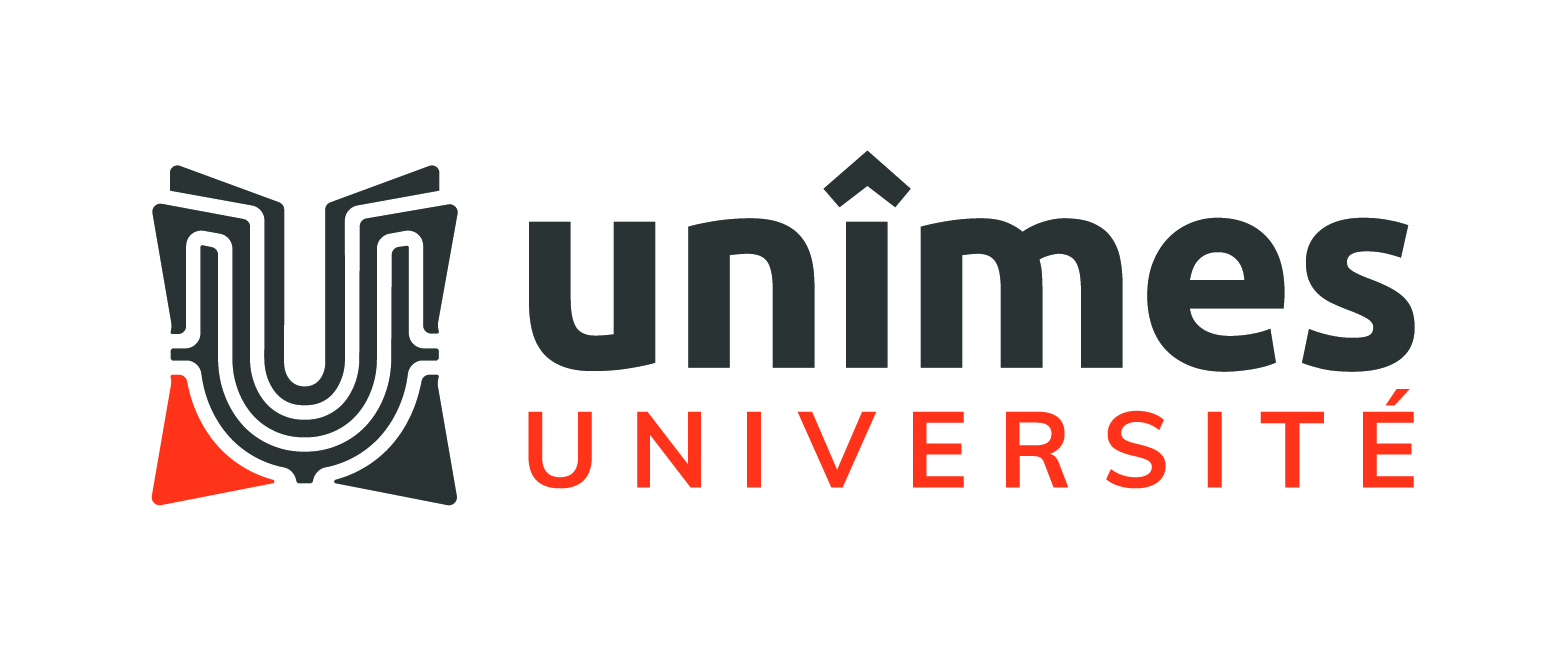Geochemical study (major, trace elements and Pb-Sr-Nd isotopes) of mantle material obducted onto the North African margin (Edough Massif, North Eastern Algeria): Tethys fragments or lost remnants of the Liguro-Provencal basin?
Résumé
The Maghrebides, Betics and some parts of the Calabrian, NE Sicilian and Tuscan allochtons constitute dismembered fragments of the Alpine belt that resulted from the Cenozoic collision between Africa and Eurasia and the opening of the Western Mediterranean basin. Mineral and whole-rock geochemical analyses have been performed on three distinct outcrops of mantle material from the Edough Massif of NE Algeria, namely the Bou Maiza (BM) gabbros, the La Voile Noire (LVN) amphibolites and the Sidi Mohamed (SM) peridotites. In all samples, Sr isotopes are largely affected by seawater alteration (87Sr/86Sract. > 0.70384 and up to 0.70888) and cannot be used to evaluate the nature of the source reservoirs. SM peridotites display variable depleted mantle Nd isotopic signatures (εNdact. from + 7.0 to + 12.2) and geochemical features suggesting no significant chemical depletion as a result of partial melting and melt extraction (Mg# < 90; slightly LREE-depleted patterns with La/YbN = 0.33-0.39). These rocks are interpreted as parts of the subcontinental lithospheric mantle incorporated into the crustal units of the Edough Massif during the early stages of opening of the Algerian basin. BM gabbros and LVN amphibolites show geochemical signatures indicating derivation from a common Depleted Mantle reservoir (εNd > + 7.9) and are likely cogenetic, but without filiation with the SM peridotites. Pb isotopes indicate a contribution of sediments in the source reservoir, which is attributed to contamination solely by hydrous fluids released from a sedimentary component. This observation, together with a LILE-enrichment, suggests a back-arc basin environment. These results indicate that BM and LVN units were obducted onto the North African margin and subsequently fragmented, probably during doming and exhumation of the lower continental crust of the Edough massif. Doming resulted in opposite movements of the overlying oceanic units, southward for the BM units and northward for LVN amphibolites.
